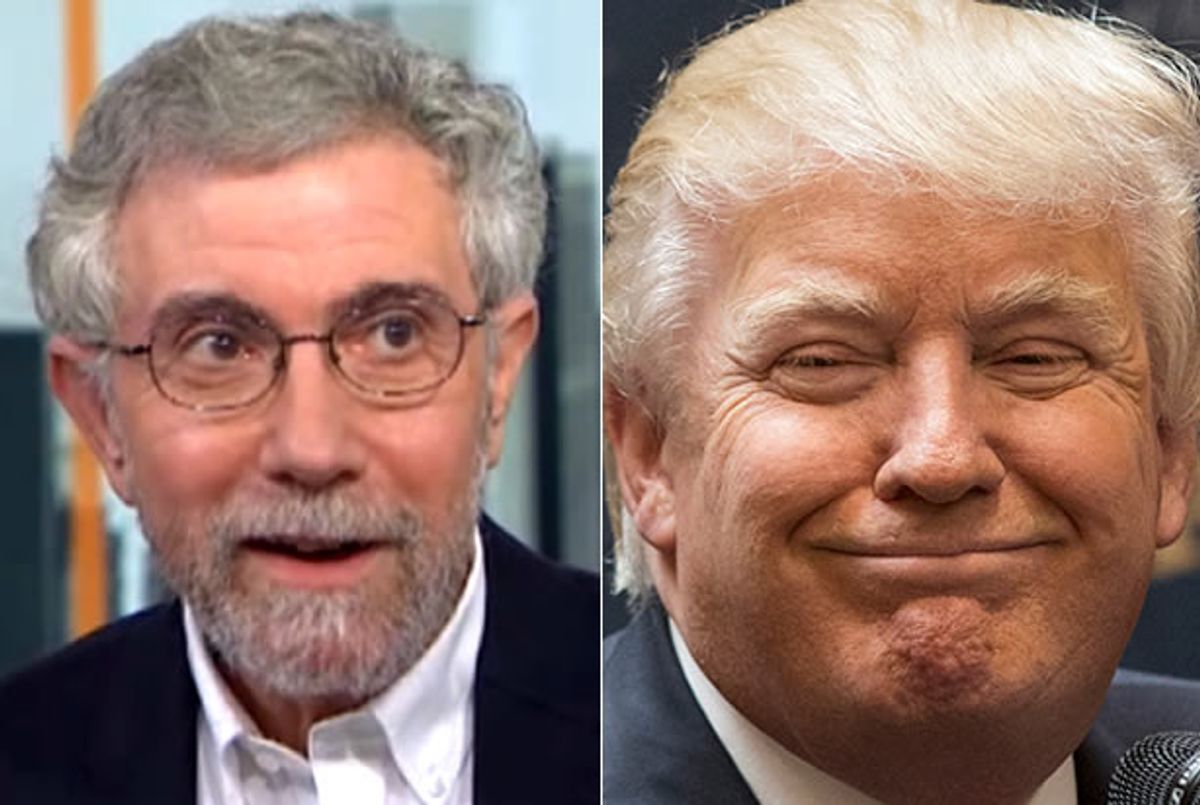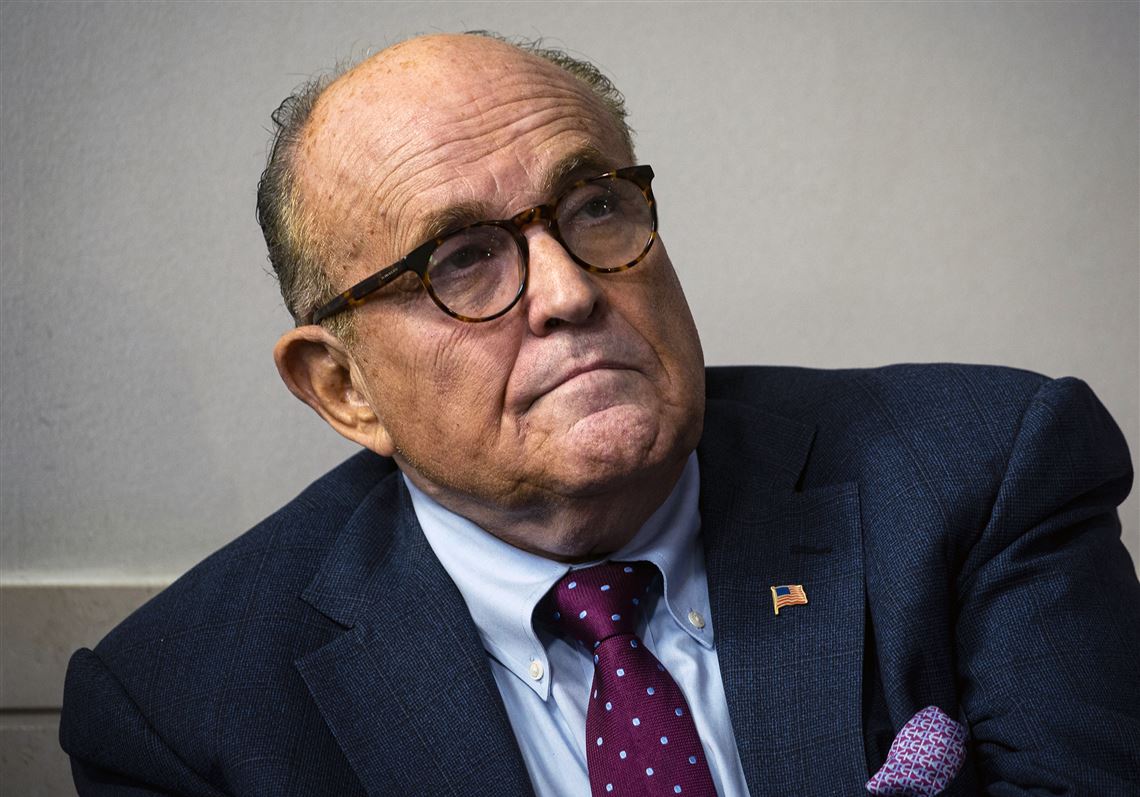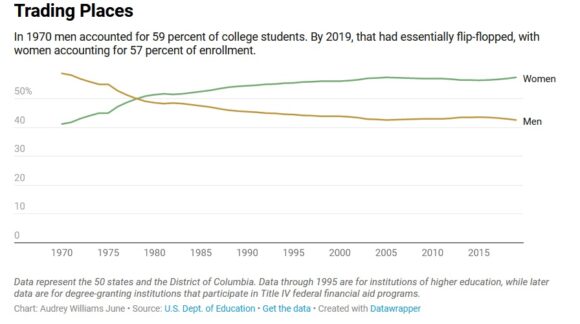
Dear Commons Community,
Rachel Cernasky has a guest editorial in today’s New York Times raising an important issue for researchers and others who depend upon the scientific method and “objective” means for collecting data while being indifferent to the need for “Indigenous morals, values, and knowledge.” Using the Maori of New Zealand as an example, Cernasky comments:
“Embracing Indigenous knowledge, as New Zealand is trying to do, can improve how federal governments manage ecosystems and natural resources. It can also deepen Western scientists’ understanding of their own research, potentially, by providing alternative perspectives and approaches to understanding their field of work. This is ever more urgent, particularly as the climate crisis unfolds. “It is Indigenous resilience and worldview that every government, country and community can learn from, so that we manage our lands, waters and resources not just across budget years, but across generations,” U.S. Secretary of the Interior Deb Haaland, a citizen of the Laguna Pueblo in New Mexico and America’s first Native American cabinet secretary, said in remarks to the United Nations.
Indigenous scholars warn, though, that while traditional knowledge can be used to benefit the world, it can also be mishandled or exploited. Dominique David Chavez, a descendant of the Arawak Taíno in the Caribbean, and a research fellow at the Native Nations Institute at the University of Arizona and the National Science Foundation, says that, as Western scientists, “we are trained to go into communities, get that knowledge and go back to our institutions and disseminate it in academic journals.” That can be disruptive to traditional knowledge sharing, from one generation to another, she says, which should be the priority — ensuring that Indigenous knowledge systems are preserved in and supportive of the communities that developed them. In Puerto Rico, known by its Indigenous people as Borikén, Ms. Chavez is studying ways to restore the connections and traditional knowledge transmission patterns between elders and youth.
Bridging Indigenous and Western science also means respecting the ecosystem of values in which the knowledge systems are embedded….”
The questions raised by Cernasky are also appropriate considerations for those studying in cities, neighborhoods and areas throughout the world where there are local “Indigenous” populations with their own morals, values, and knowledge. The entire essay is below and should be read by all researchers.
Tony
——————————————————————–
The New York Times
In Indigenous Knowledge, Innovative Solutions
By Rachel Cernansky
July 10, 2021
Ms. Cernansky is a freelance journalist and the sustainability editor at Vogue Business. She writes frequently about the environment and social justice issues.
Nearly two decades ago, when the New Zealand highway authority was planning the Waikato Expressway, people from the Māori tribe Ngāti Naho objected. The highway would encroach on an area that, in Māori tradition, was governed by a water-dwelling creature, a taniwha.
The authorities took those concerns into account and rerouted the road to circumvent the area in question. As a result, a year later, when the area was hit by a major flood, the road was unharmed.
“I’m still waiting for the headline, ‘Mythical Creature Saves the Taxpayer Millions,’” said Dan Hikuroa, a senior lecturer in Māori studies at the University of Auckland and member of the Ngāti Maniapoto tribe. He has often wondered if, once the flood hit, the technical team later said, “Why didn’t you just say it’s a flood risk area?”
Like many Indigenous peoples around the world, the Māori have developed their understanding of their environment through close observation of the landscape and its behaviors over the course of many generations. Now the New Zealand Environmental Protection Agency regularly looks for ways to integrate traditional Māori knowledge, or mātauranga, into its decision-making. Mr. Hikuroa has been appointed the culture commissioner for UNESCO New Zealand, a role he said is centered on integrating Māori knowledge into UNESCO’s work.
Western-trained researchers and governments are increasingly recognizing the wealth of knowledge that Indigenous communities have amassed to coexist with and protect their environments over hundreds or even thousands of years. Peer-reviewed scientific journals have published studies demonstrating that around the world, Indigenous-managed lands have far more biodiversity intact than other lands, even those set aside for conservation.
Embracing Indigenous knowledge, as New Zealand is trying to do, can improve how federal governments manage ecosystems and natural resources. It can also deepen Western scientists’ understanding of their own research, potentially, by providing alternative perspectives and approaches to understanding their field of work. This is ever more urgent, particularly as the climate crisis unfolds. “It is Indigenous resilience and worldview that every government, country and community can learn from, so that we manage our lands, waters and resources not just across budget years, but across generations,” U.S. Secretary of the Interior Deb Haaland, a citizen of the Laguna Pueblo in New Mexico and America’s first Native American cabinet secretary, said in remarks to the United Nations.
Indigenous scholars warn, though, that while traditional knowledge can be used to benefit the world, it can also be mishandled or exploited. Dominique David Chavez, a descendant of the Arawak Taíno in the Caribbean, and a research fellow at the Native Nations Institute at the University of Arizona and the National Science Foundation, says that, as Western scientists, “we are trained to go into communities, get that knowledge and go back to our institutions and disseminate it in academic journals.” That can be disruptive to traditional knowledge sharing, from one generation to another, she says, which should be the priority — ensuring that Indigenous knowledge systems are preserved in and supportive of the communities that developed them. In Puerto Rico, known by its Indigenous people as Borikén, Ms. Chavez is studying ways to restore the connections and traditional knowledge transmission patterns between elders and youth.
Bridging Indigenous and Western science also means respecting the ecosystem of values in which the knowledge systems are embedded. For instance, the practice of planting a diversity of crops and building healthy soil for water retention — today known as “regenerative agriculture” — has existed in Indigenous communities around the world throughout history. Yet the growing push to adopt regenerative agriculture practices elsewhere is often selective, using industrial pesticides, for example, or leaving out the well-being of people who farm the land.
“In Indigenous sciences, it’s not possible to separate the knowledge from the ethics of the responsibility for that knowledge — whereas in Western science, we do that all the time,” said Robin Wall Kimmerer, the director of the Center for Native Peoples and the Environment at the State University of New York in Syracuse and an enrolled member of the Citizen Potawatomi Nation. The scientific method is designed to be indifferent to morals or values, she adds. “Indigenous knowledge puts them back in.”
Ideally, the shared use of Indigenous knowledge can help mend broken relationships between Indigenous and Western communities.
In upstate New York, Ms. Kimmerer points to sweetgrass, a native plant used for traditional basketry. She was approached by a tribe concerned about the decline of the plant and looking for a solution.
Government regulations had already restricted its harvest. “One thing people often think about is, is it being overharvested?” Ms. Kimmerer said. She helped to conduct studies that ultimately showed that harvesting sweetgrass, following Indigenous protocols, is the very thing that will help it to thrive. “If you just leave it alone, it starts to decline.”
For her, that speaks to a core flaw in Western approaches to land management: the belief that human interaction is necessarily harmful to ecosystems. “That’s one of the reasons Native people were systematically removed from what are today’s national parks, because of this idea that people and nature can’t coexist in a good way.” But Indigenous knowledge, Ms. Kimmerer said, is really all about, ‘Oh yes we can, and we cultivate practices for how that is possible,’” she said.
While combating wildfires last year, Australian authorities turned to Aboriginal practices. While researchers have connected the severity of the fires to climate change, Ms. Kimmerer added that how Australia’s land has been managed in the modern era may have also played a role. Aboriginal people had “been managing that land in a fire landscape for millenniums, ” she said. “The fact that Indigenous science has been ignored is a contributing factor to the fires there.”
As the world increasingly recognizes the accomplishments of many Indigenous communities that successfully coexist with ecosystems, there is much for Western society to learn.
“We have this notion that Western science is the pathway to truth. We don’t really even entertain the possibility that it could come from somewhere else,” said Ms. Kimmerer. “Resource managers, land managers need to understand that there are multiple ways of knowing.”










